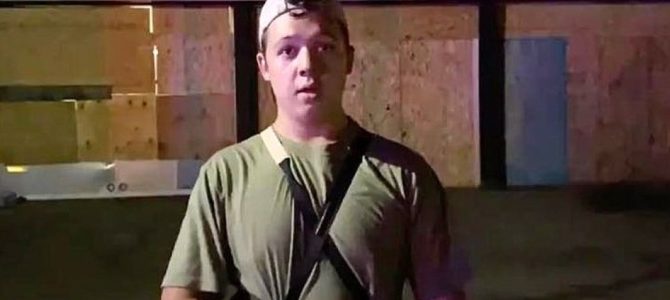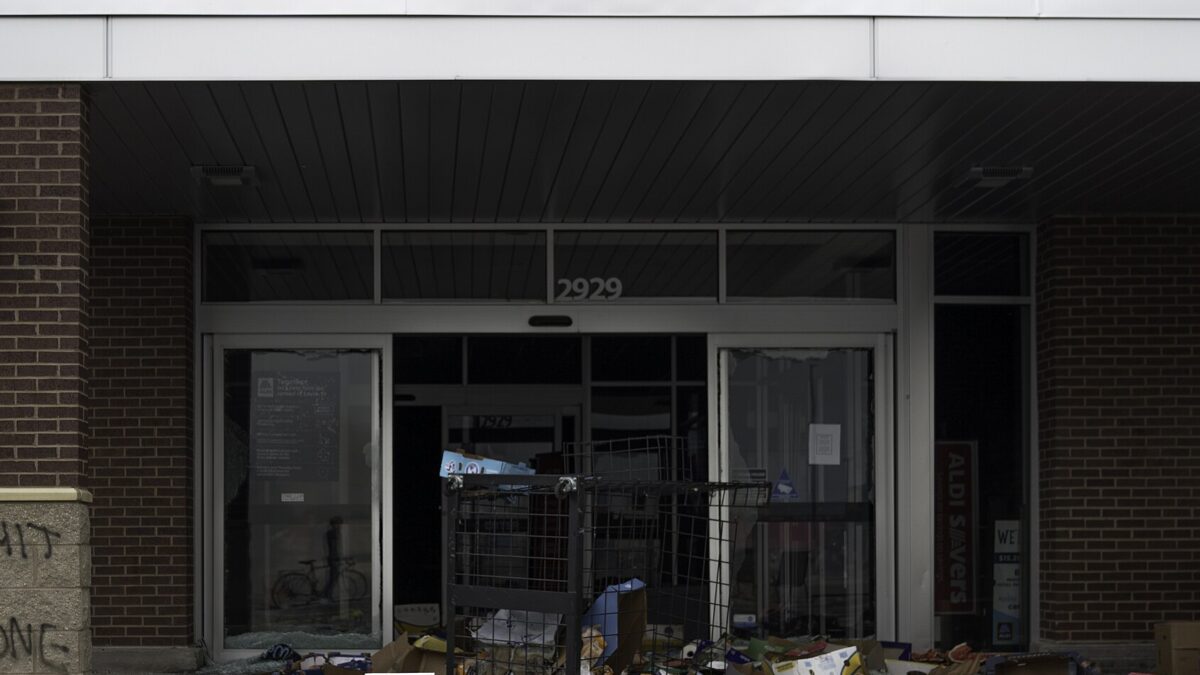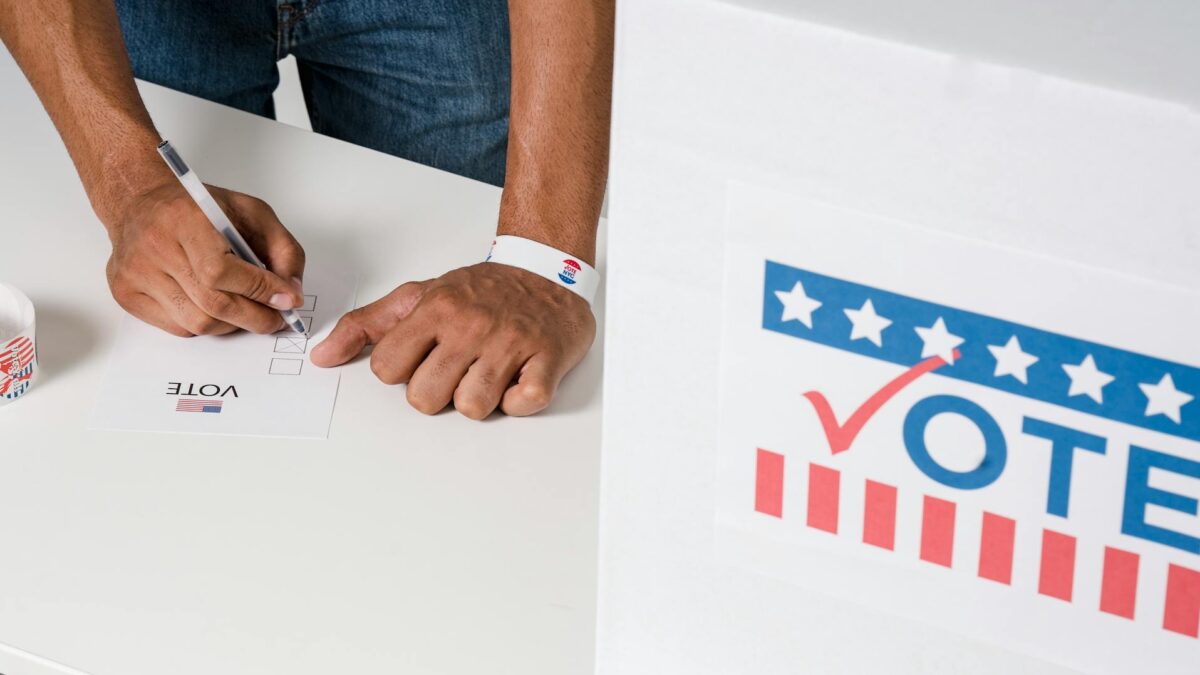
Prosecutors in the murder trial of Kyle Rittenhouse so far have a case that comes down to this: What if the things our witnesses say they saw and thought during that fateful night of rioting last year are all wrong?
If this were a legitimate murder trial, and not one instigated by Democrats and the media for political purposes, that’s the kind of argument that a defense team would be making. It’s a concept otherwise known as “reasonable doubt.”
But in a very weird turn of events, it’s lawyers for the state of Wisconsin who are the ones trying to argue that what’s seen on the surface is not what it seems (despite eye-witness testimony and a lot of video evidence showing that, yes, it’s exactly what it seems).
Key testimony was presented Thursday when prosecutors called journalist Richie McGinniss to the stand to explain exactly what he saw in August 2020, back when riots had engulfed Kenosha, Wis., over the police shooting of Jacob Blake, a black man.
McGinniss had briefly interviewed Rittenhouse, then 17, about why he was downtown carrying an AR-15 and a medic kit. He had also been in tow of Rittenhouse when the latter was seen on video darting across a parking lot, pursued by another male, who McGinnis said he saw trying to grab Rittenhouse’s firearm.
McGinniss said Thursday that he saw the man, since identified as 36-year-old Joseph Rosenbaum, yell “f— you” at Rittenhouse before reaching for the gun. Rittenhouse did a kind of swerve with the gun to evade Rosenbaum’s grasp, then fired multiple shots.
Ryan Balch, who was also present the night of the incident, similarly testified the same day that moments prior to the shooting, Rosenbaum had said to him and Rittenhouse, “If I catch any of you guys alone tonight I’m going to f—ing kill you.”
Both McGinniss and Balch were called by the prosecution. They are both the state’s witnesses. They are both portraying a scene where Rosenbaum was a hostile individual who had made physical and verbal threats to Rittenhouse. The state’s response has been to ask: What if what you saw and heard is not actually what you saw and heard?
Kenosha Assistant District Attorney Thomas Binger asked Balch at one point, “What gave you the right to go around and police that area?”
That’s the you “shouldn’t have been there” line of argument that Balch had earlier answered beautifully when he was asked about Rittenhouse’s presence at the scene. “He had as much right as anybody else to be there,” Balch had said. Sure, if nobody had been there that night, we wouldn’t be where we are today. So what?
During McGinniss’s testimony, all of which is backed up by video recordings, Binger asked him about a TV news interview he had given shortly after the shooting, during which McGinniss had said he saw Rosenbaum fall forward before Rittenhouse shot him.
It’s supposed to be a significant detail because the state is attempting to make the case that Rittenhouse needlessly fired his weapon at Rosenbaum when he was off balance and therefore, presumably, nonthreatening.
As McGinniss maintained that Rosenbaum was only tipping forward because he was maneuvering to grab Rittenhouse’s gun — surely a threatening move — Binger proposed to McGinniss, “I mean, you have no idea what Mr. Rosenbaum was ever thinking at any point in his life. You have never been inside his head. You’ve never met him before. … So your interpretation of what he was trying to do or what he was intending to do or anything along those lines is complete guess work, isn’t it?”
Without skipping a beat, McGinniss said, “Well, he said ‘f— you’ and then he reached for the weapon.”
McGinniss and Balch said what they saw. Binger asked them to recall their impressions of that night without the benefit of hindsight. They did. But the prosecution’s case continues to rest on a possibility that maybe they got it wrong. Maybe their eyes and ears deceived them.
It wouldn’t make a difference even if they did. Rittenhouse is charged with murder, not with a failure to read the room.
And this only addresses witness testimony, not the trove of video footage that backs up everything that McGinniss and Balch said.
There’s only one way that a jury, on the merits, can side with the state against Rittenhouse: They have to find a reasonable doubt. Not on behalf of the defense, but in favor of the baseless questions proposed by the prosecution.









